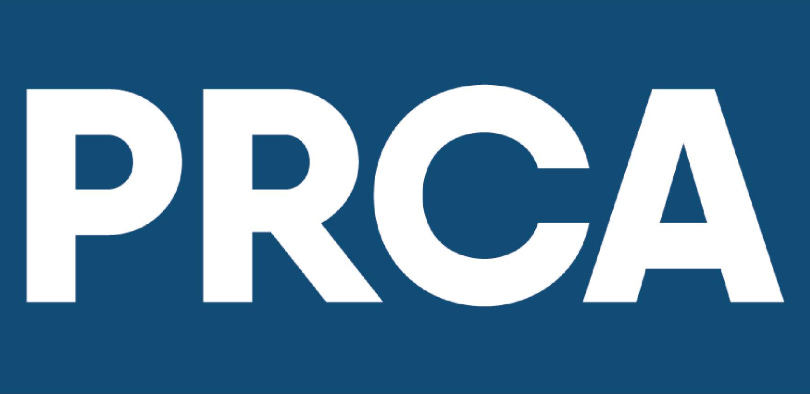✅ The three numbers that prove the value of corporate communications and public relations
Start with the organisational plan, and build metrics from the profit and loss statement and the balance sheet. This is the evidence that matters to management.
Making the case for the value of corporate communications and public relations is a recurring theme in my research and work with agencies and in-house teams.
It is the single biggest issue in the gap between management and practice, as well as the value we create and the investment in our function.
Public relations realises its potential when it speaks and measures its value in the language of the business. That starts with the organisational plan, the profit and loss account, and the balance sheet.
There are only three numbers that matter. Think strategically. Pick the right one against the plan, build a measurement approach, then report like the finance function.
Start where management starts: the plan
Every organisation, whether commercial, public sector, or charitable, has a plan that sets goals for both the short and long term. Management’s job is to create the conditions for delivery. Ours is to show how communication helps deliver it.
Get hold of the plan. If your communications objectives and metrics aren’t clearly tied to it, you’re working in a vacuum and can’t prove value. And the moment budgets tighten, your function and role will rightly be under scrutiny.
The two financial instruments that matter
Management measures and tracks performance through:
Profit & Loss (P&L): week-by-week, month-by-month, quarter-by-quarter progress on income and costs.
Balance sheet: the value of the organisation as a going concern.
Understand both, because public relations contributes to both.
The three numbers that count
1. Income
How does communication generate revenue? Think conversions from public relations-driven traffic, qualified enquiries, fundraising response, store footfall linked to activity, or uptake of services and interventions.
Measurement design: tag everything and build a defensible attribution model, even if it’s imperfect.
2. Efficiency and effectiveness
Sometimes, value is about spending less to deliver the same, or delivering more for the same amount of spend. Communication can reduce the cost of sales, improve conversion rates, and increase workforce productivity through internal communication.
Measurement design: set baselines, work with finance on the savings model, and express impact as cost avoided or margin improved.
3. Reputation and goodwill
This is the challenging one. Reputation is reflected as goodwill on the balance sheet, and in public companies, it is also reflected in the market multiple. There are many contributing factors, but public relations has a key role as the discipline that manages relationships and builds trust.
Measurement design: use longitudinal attitudinal research, stakeholder polling, and risk indicators; link shifts in trust, preference, and advocacy to economic outcomes.
Why public relations gets stuck
We lack financial literacy and skills. Learn and do the work.
We don’t have access to the plan, and so communications objectives get invented instead of aligned.
We lack access to the P&L and balance sheet, or we haven’t modelled our contribution.
We fear imperfection. Attribution is messy. Build the best measurement model you can, and work with the finance function to iterate.
Evidence starts the management conversation
This is hard work: creating models, determining attribution, and accepting the imperfections of management communication. But once you understand your contribution to the organisational plan, you can calculate value, express ROI, and show the gap between the investment in your team and the value generated.
Get the plan: meet the plan owner and agree on the two or three priorities for this quarter.
Pick one lead number: Income, efficiency or goodwill - with no more than three supporting metrics.
Evidence work: tags, tracking and baselines. Then get finance to sanity-check assumptions.
Report like finance: show revenue influenced, cost avoided, or risk reduced and tie it back to the plan.
Three book recommendations
The Finance Book: Understand the numbers even if you’re not a finance professional, Stuart Warner and Si Hussain, FT Publishing, 2020.
Cash Flow Surge: 101 No-Cost and Low-Cost Fast-Action Strategies to Boost Your Business Cash Flow, Alastair Thomson, Independently Published, 2020.
The HBR Guide to Finance Basics for Managers, Harvard Business Review, 2012.
The PRCA Census is in the field. Please help characterise the industry in the following areas.
Demographic information (this will be used to look at the different experiences of certain groups)
Future of the industry
Working arrangements
Industry trust
EDI and social mobility
Wellbeing
Training and development
The role of the PRCA

